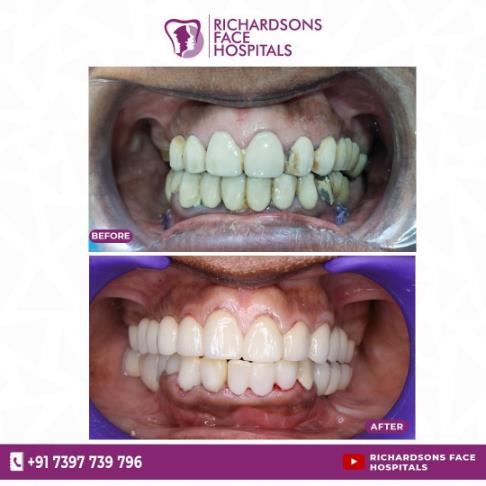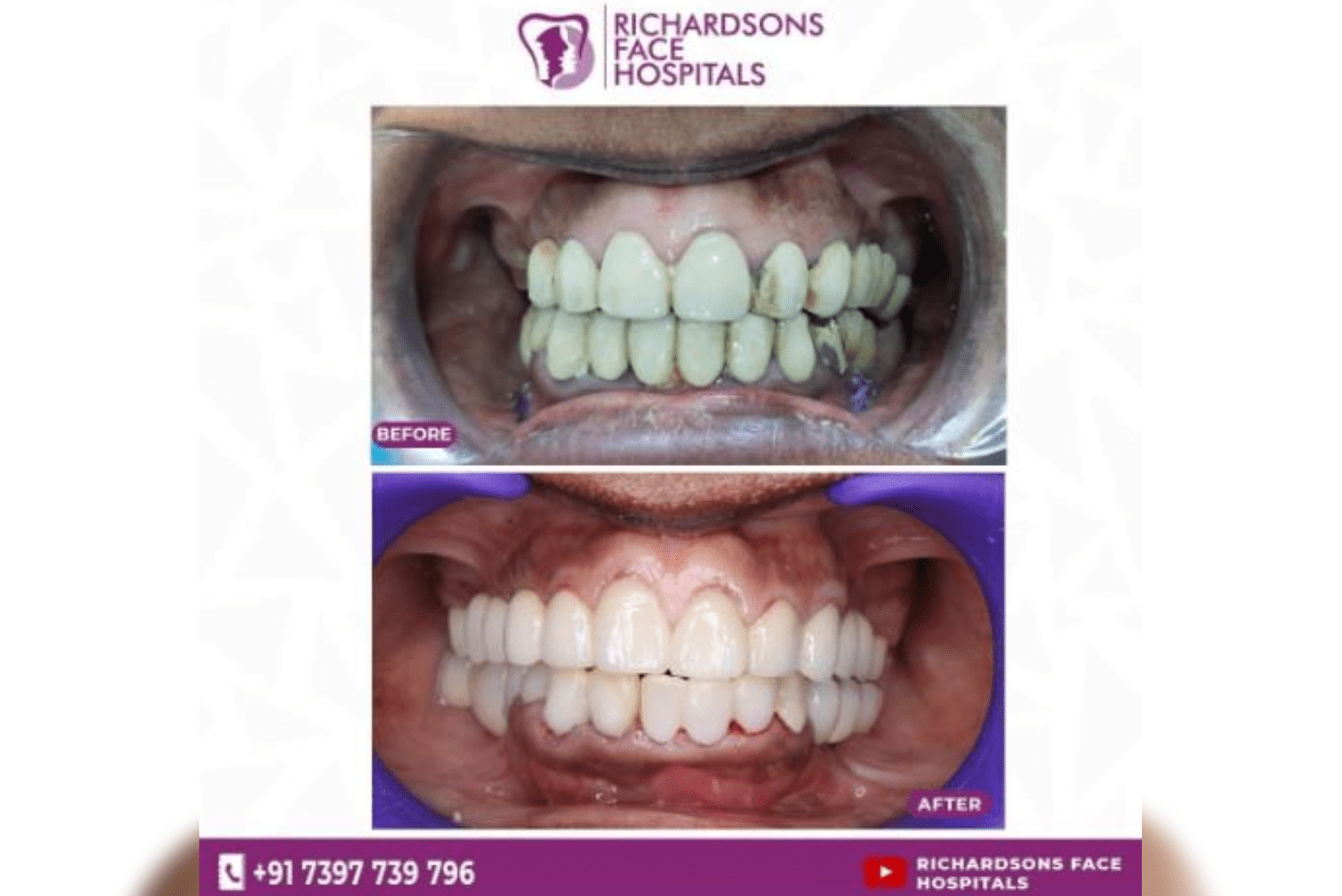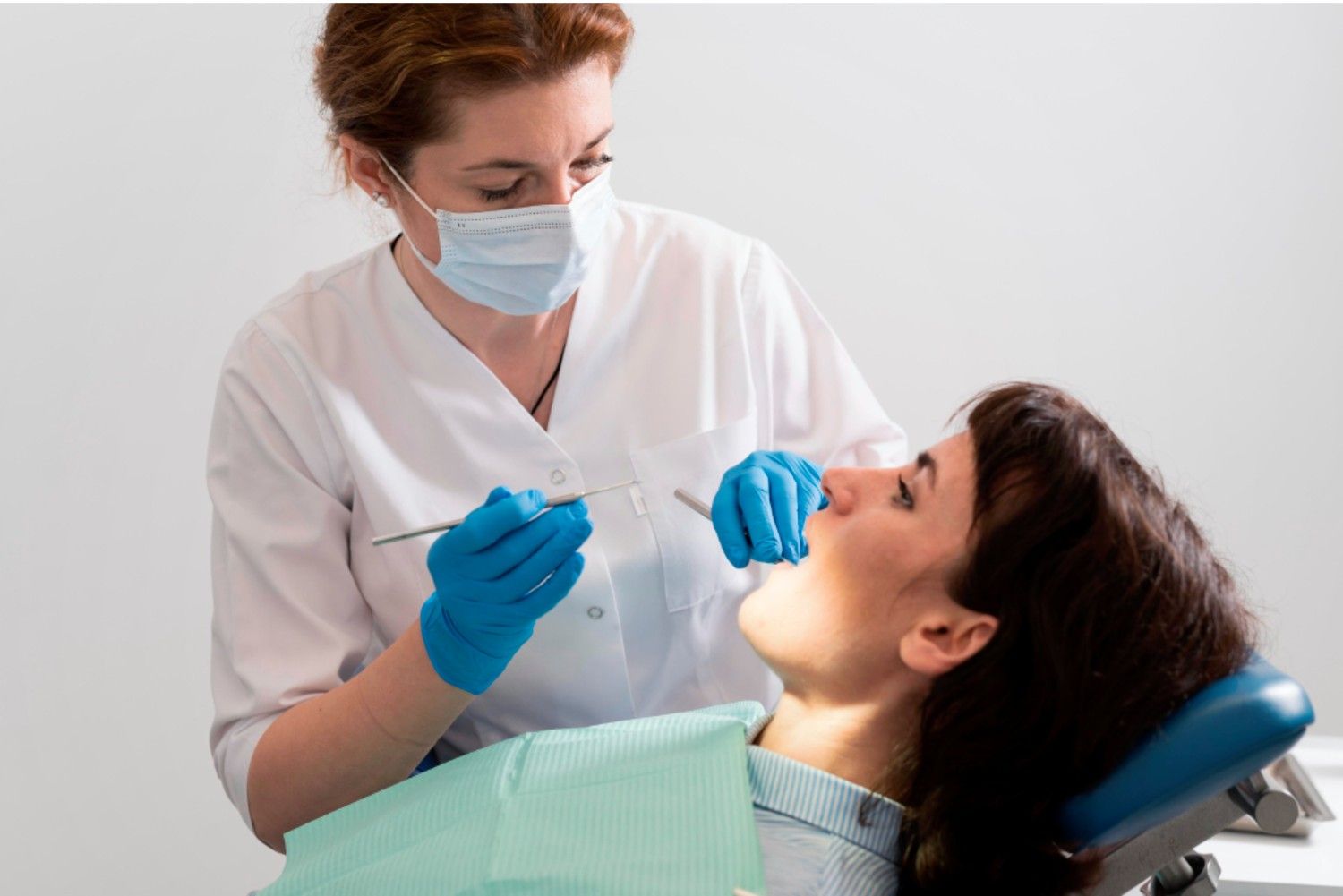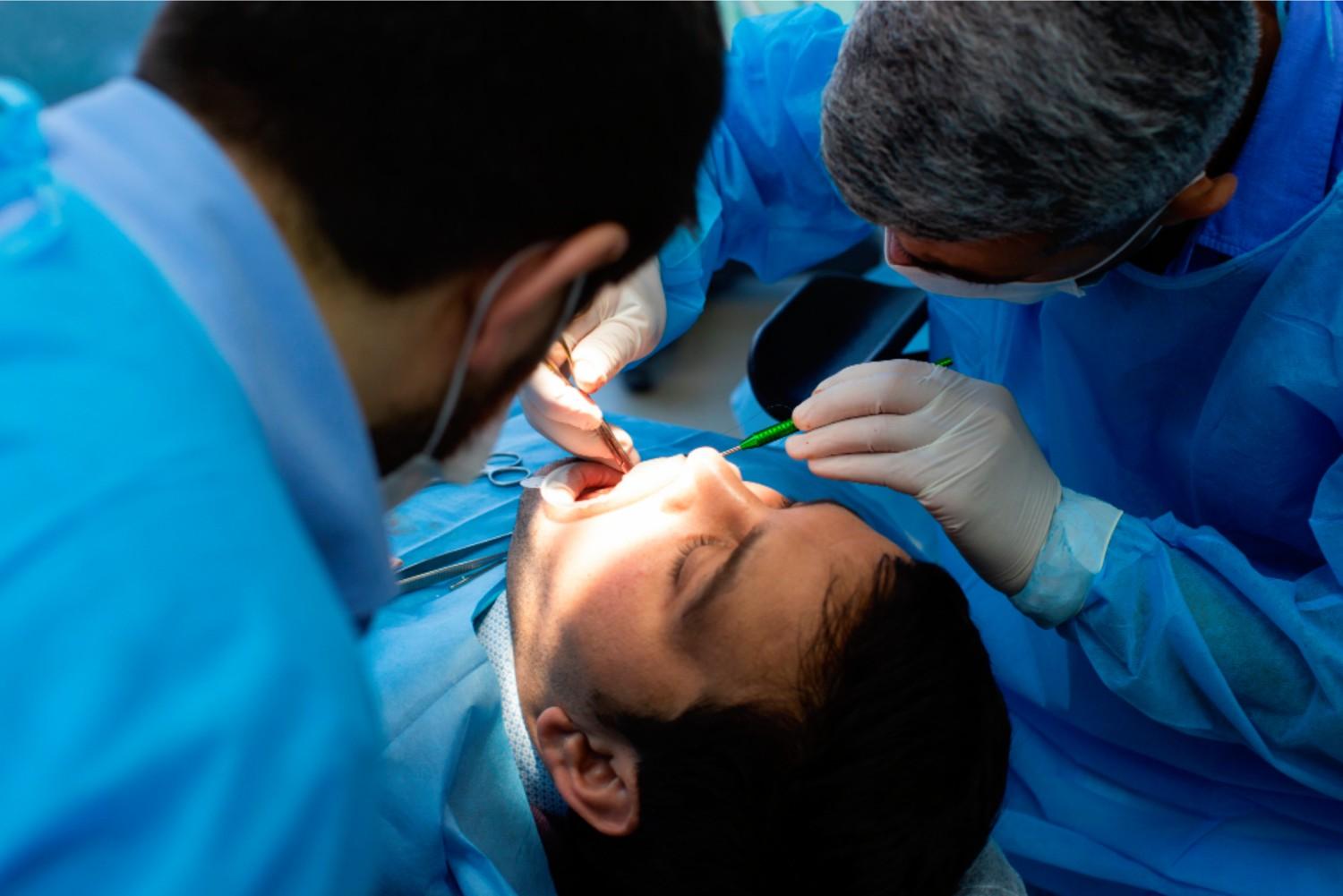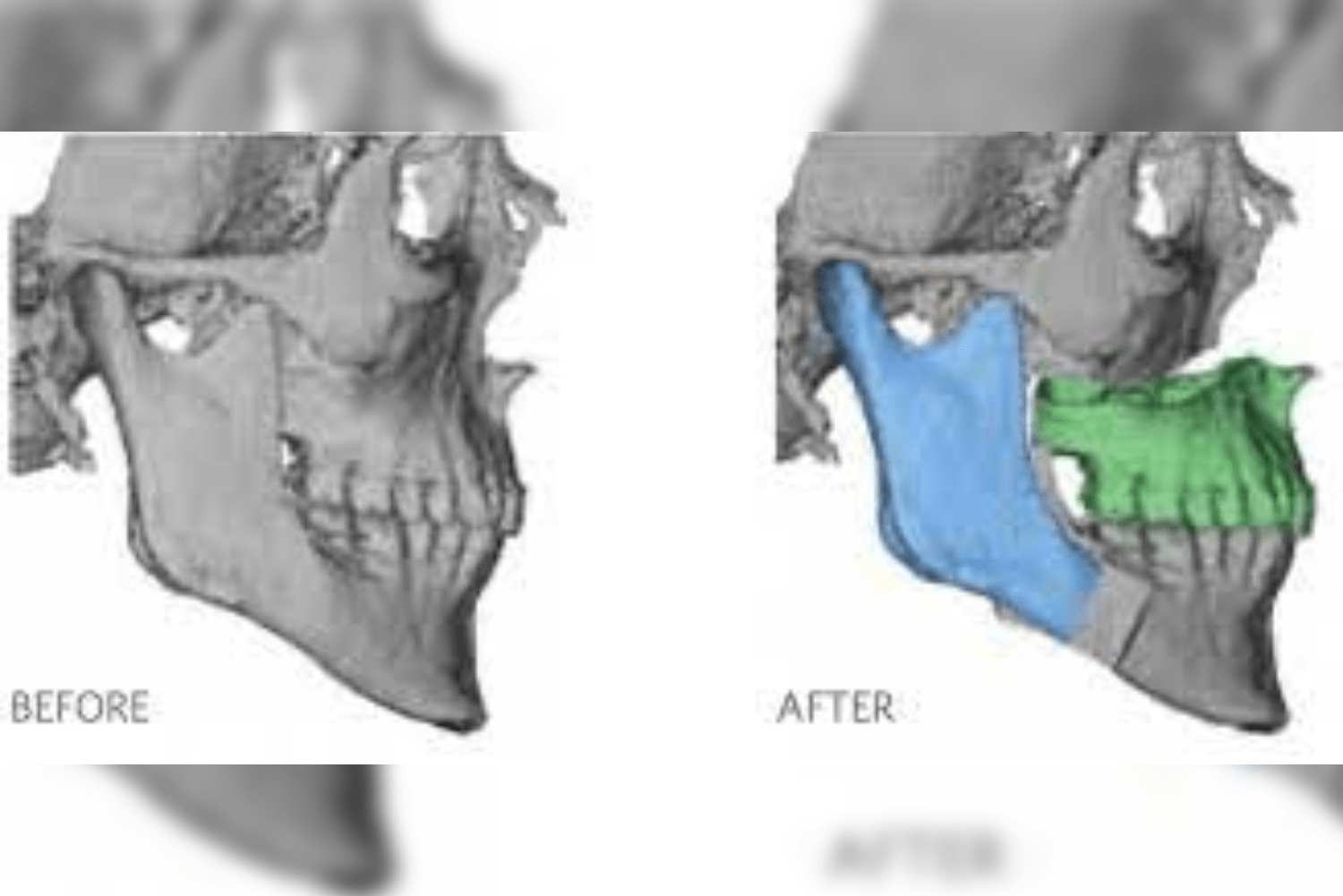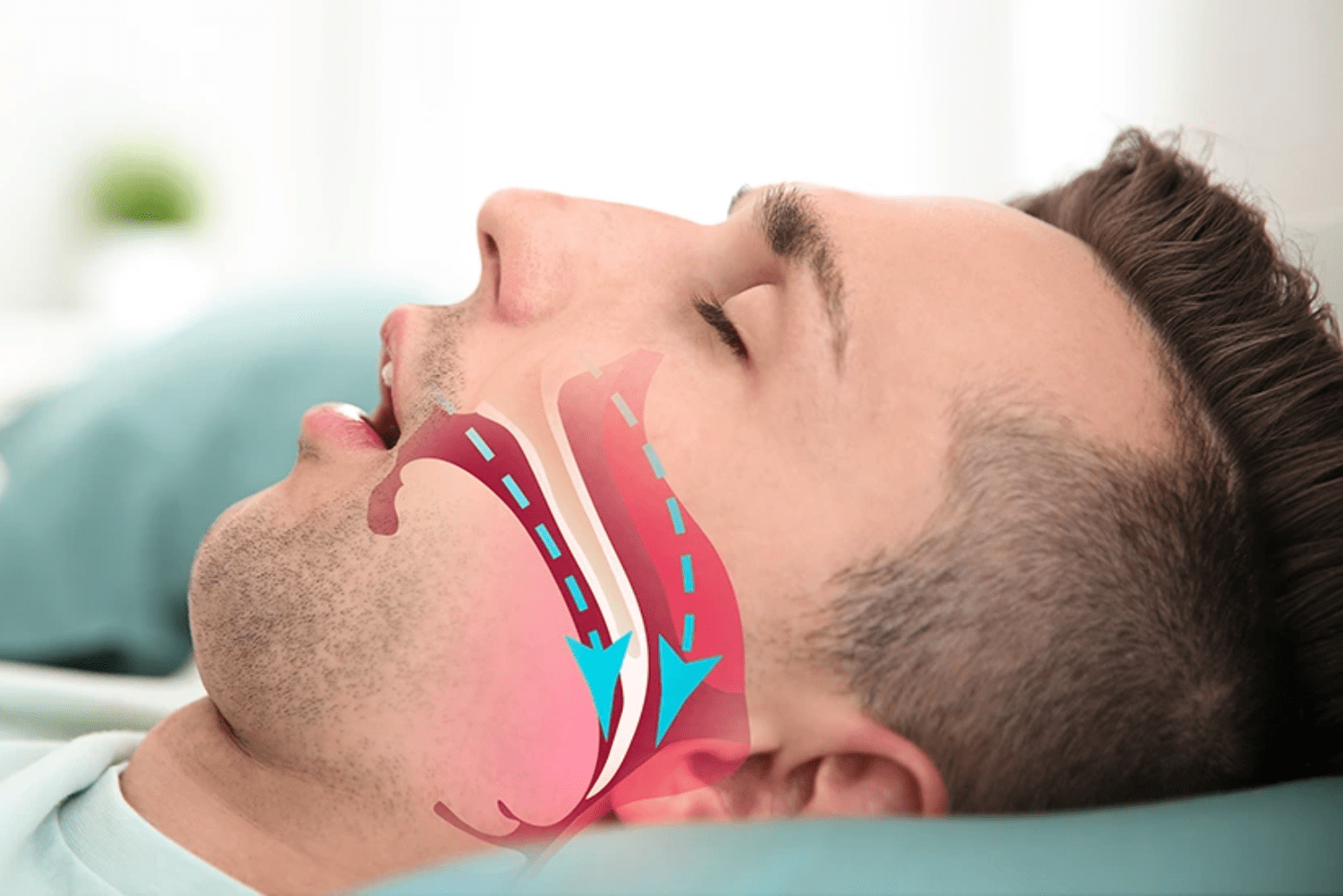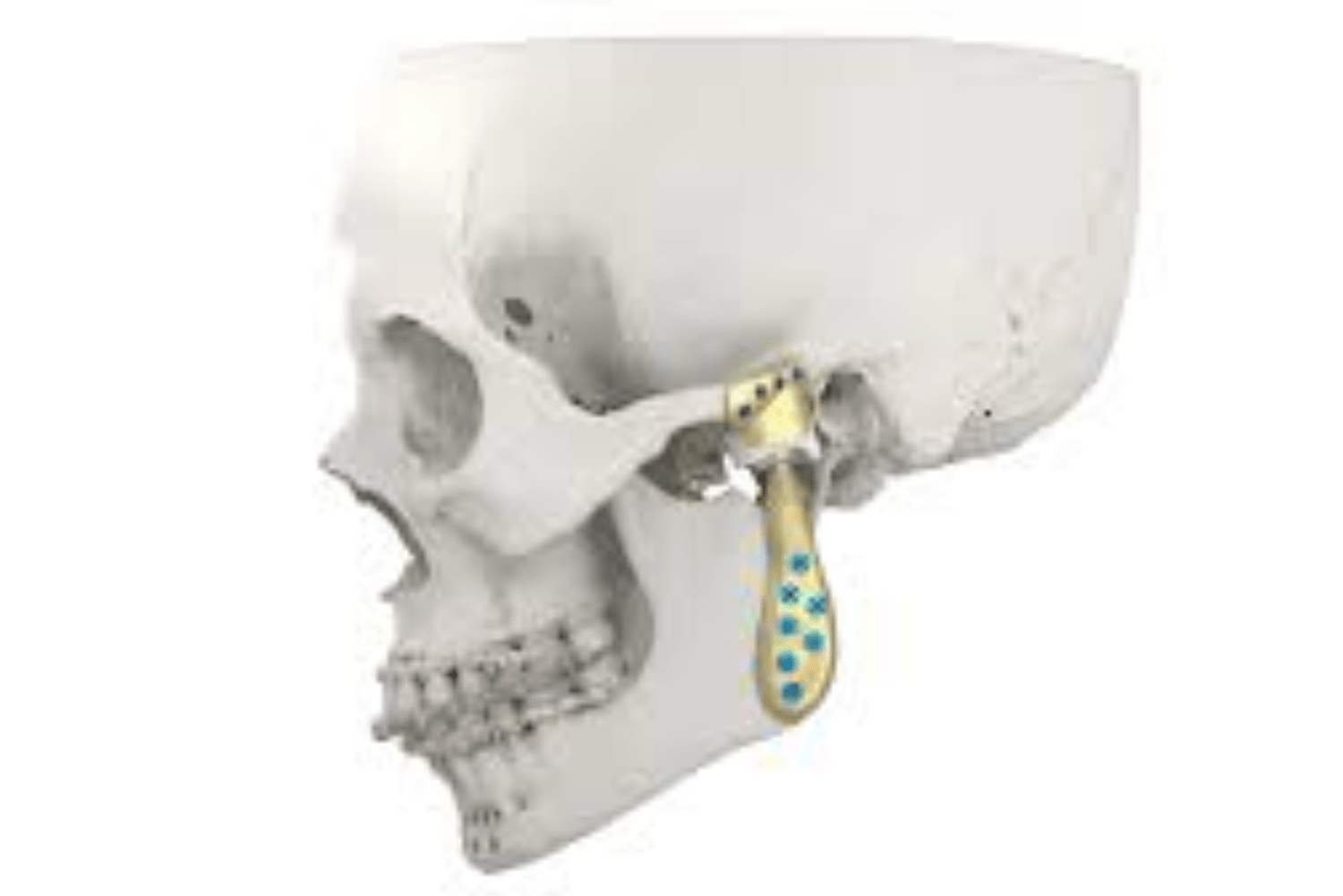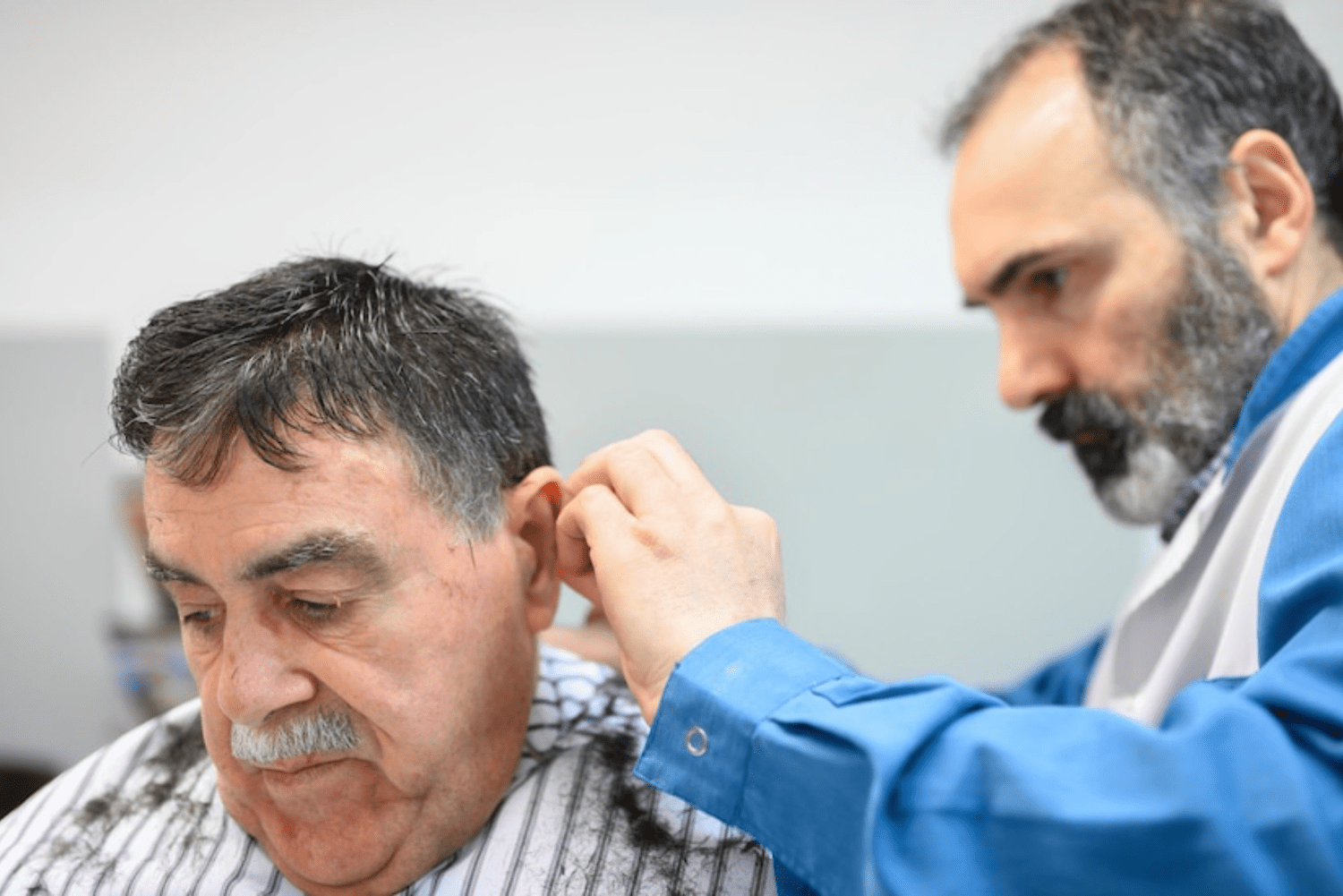All individuals want to have a brighter smile to enhance their beauty and confidence. The Best Tooth Colored Crowns play a vital role in achieving that. In earlier days, crowns were usually fabricated from silver or gold. Now, tooth-colored crowns are preferred by patients for a more natural and aesthetic appearance.
Need for Crowns:
There is a need for the Best Tooth Colored Crowns in the following cases:
-
Smile designing
-
Veneers
-
Root canal treated tooth
-
Loss of tooth structure
-
Fractured tooth
-
Replacement of old metal or PFM crowns
-
Patients who are allergic to metals
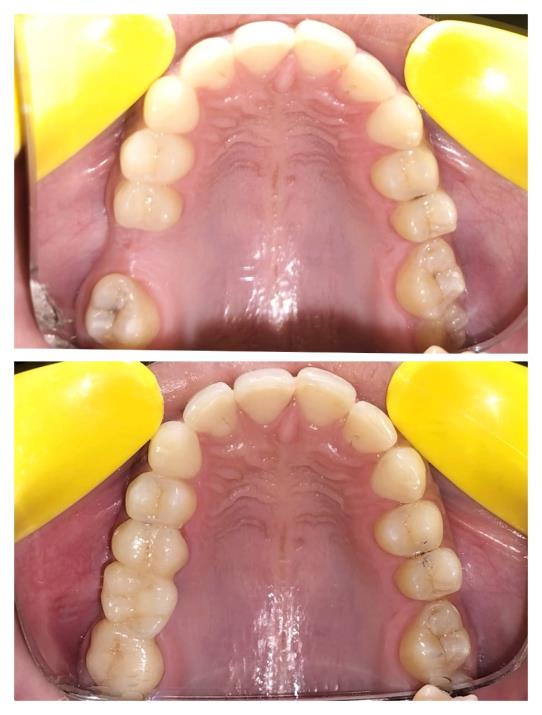
The crowns are placed for restoring function and enhancing the smile. In earlier times, we had only limited materials like metal and PFM (porcelain-fused-to-metal) crowns. Even early tooth-colored crowns still contained metal. Today, the Best Tooth Colored Crowns, such as all-ceramic and zirconia crowns, showcase the natural translucency of teeth, providing a more aesthetic and natural-looking smile.
Advantages of Tooth Colored Crowns:
-
The Best Tooth Colored Crowns enhance the smile with a natural look by mimicking the enamel.
-
They provide excellent durability.
-
Higher strength compared to traditional metal crowns.
-
Natural aesthetics with high translucency.
-
Biocompatible, allowing easy adaptation to gingival tissues and reducing allergic reactions and gum irritation.
-
Most tooth-colored crowns are bonded nowadays, requiring minimal tooth preparation and preserving more of the natural tooth structure.
-
Increased patient comfort, giving a natural look and feel.
Tooth Colored Crowns Using CEREC:
In earlier days, crown fabrication required multiple visits. The dentist would prepare the crown, take manual dental impressions using alginate or putty, and send them to a dental lab. To prevent tooth movement, a temporary crown was placed chairside. After 1–2 weeks, the permanent crown would arrive from the lab and replace the temporary crown. This process was time-consuming and inconvenient for patients.
Nowadays, digital dentistry plays a major role in improving efficiency. At Richardson’s Face Hospital, we use CEREC Primescan and Primemill for the fabrication of the Best Tooth Colored Crowns, enabling precise, high-quality crowns in fewer visits with greater convenience for patients.
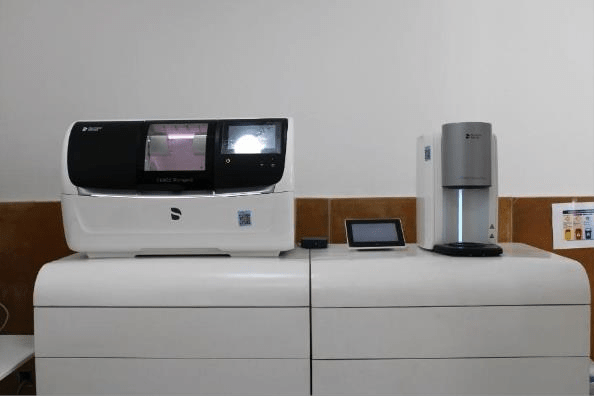
CEREC Primescan:
The Primescan is used to take a digital impression of the prepared tooth, offering greater precision than traditional scanners. It produces a highly detailed 3D model, capturing up to 40,000–50,000 frames. This method is also more comfortable for the patient compared to the messy, older impression techniques. The scanning process is quick—taking only about 5–7 minutes—and completely non-invasive.
With Primescan, we can show the dental scan on the screen, design the crown digitally, and involve the patient in the process. This ensures that patients can give their feedback before the fabrication of the Best Tooth Colored Crowns, enhancing satisfaction and confidence in the final result.
CEREC Primemill:
Once the designing process is complete, the Primemill fabricates the crown. Depending on the material chosen, this can be done via dry milling or wet milling.
Advantages of Digital Dentistry Crowns:
-
Single-visit procedure: No need for multiple dental appointments. The scan and permanent crown can be completed on the same day.
-
No temporary crowns are required since the permanent crown is delivered immediately.
-
Digital scans ensure a perfect fit and greater longevity compared to traditional methods.
-
Shades can be customized according to adjacent teeth and surrounding gum surfaces, with the option for gingival stains.
-
Digital dentistry reduces errors from the lab that may occur with manual impressions.
-
Patients receive the Best Tooth Colored Crowns with high precision, natural aesthetics, and improved comfort.
Material of Choice for Dental Crowns:
-
Zirconia
-
Lithium Disilicate (E-Max)
-
Hybrid Ceramic
-
Glass Ceramic
Zirconia Crowns:
-
High strength and durability.
-
Ideal for posterior teeth that endure high biting forces.
-
Different types of zirconia crowns are available: Monolithic crowns, High-translucent zirconia, and Layered zirconia.
-
Highly biocompatible, as they contain no metal.
Using the Best Tooth Colored Crowns like zirconia ensures both functional strength and natural aesthetics for a long-lasting smile.
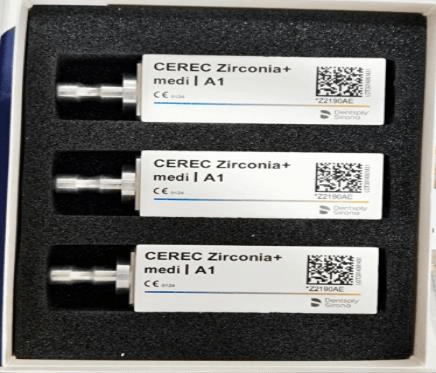
Lithium Disilicate (E-Max) Crowns:
-
Ideal for anterior teeth due to high translucency, providing a highly aesthetic appearance.
-
Slightly less strength compared to zirconia crowns.
-
Not recommended for patients who grind their teeth.
-
Contraindicated for long-span bridges.
The Best Tooth Colored Crowns like Lithium Disilicate combine natural beauty with precision, making them a preferred choice for front teeth restorations.
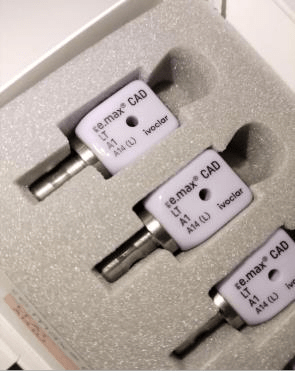
Hybrid Ceramic Crowns:
-
Ideal for patients with teeth grinding habits due to enhanced durability and flexibility.
Steps in Crown Delivery:
-
Selection of Crown Material: Choose the appropriate material based on tooth location—E-Max for anterior teeth (high translucency, natural aesthetics) and zirconia for posterior teeth (strength and functional occlusal forces).
-
Tooth Preparation: Prepare the tooth, especially if it is root canal treated or severely damaged.
-
Digital Scanning: Take a precise digital scan using the CEREC Primescanner.
-
Designing: Design the crown digitally using CEREC software.
-
Fabrication: Fabricate the crown in the CEREC Primemill using the selected material blocks.
-
Glazing and Polishing: Finish the crown using CEREC Speedfire.
-
Staining: Adjust shades to match adjacent teeth and surrounding gum tissue.
-
Bonding: Place the fabricated crown on the prepared tooth.
The total process takes approximately 2 hours, delivering the Best Tooth Colored Crowns with precision, aesthetics, and comfort in a single visit.
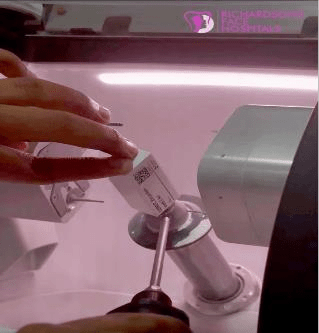
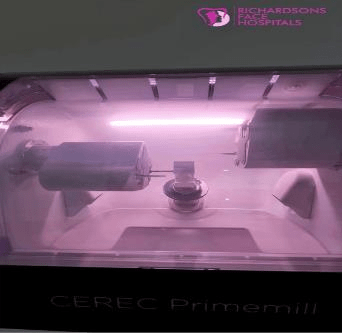
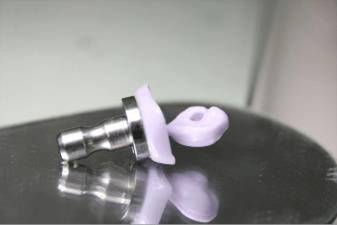
Instruments Needed for Fabrication of Crowns in CEREC Primemill:
Burs:
Different types of burs are used depending on the crown material. For example, zirconia crowns can be milled using zirconia oxide burs. Various burs allow for major and minor fine adjustments to the tooth structure. After milling, the crown is initially in a chalky stage. Milling can be performed either dry or wet.
Common burs used include:
-
ZrO2 2.5
-
ZrO2 1.0
-
1.2 CS Diamond
-
1.4 CS Diamond
These instruments help in creating the Best Tooth Colored Crowns with precise fit, smooth surfaces, and excellent aesthetics.
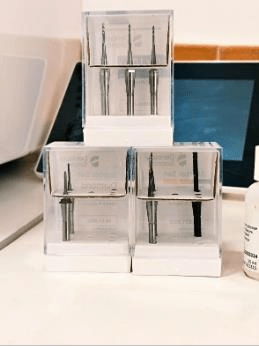
- Blocks
There are different types of blocks are used for different crowns. They are
- Zirconia plus
- Medi Blocks
- Mono blocks
- Tessera
- Glass Ceramic
- Meso blocks (Implants)
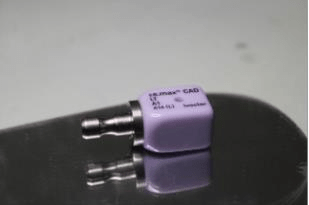
- Stains And Brushes:
There are different kinds of stains for giving the perfect shade to the teeth, so that it
matches the adjacent hard and soft structures.
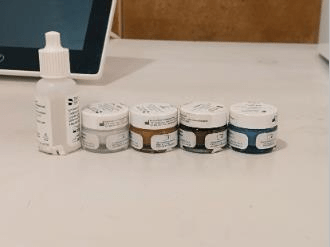
Advantages of Zirconia Crowns Over PFM Crowns:
-
Biocompatibility: Zirconia crowns are more biocompatible than PFM crowns, making them gentler on gingival soft tissues. PFM crowns may cause gingival irritation or allergies due to their metal content.
-
Aesthetics: Zirconia crowns offer superior aesthetics. PFM crowns often show a thin black line at the gingival margin, whereas zirconia crowns provide a natural, translucent appearance.
-
Strength: Zirconia crowns are stronger than PFM crowns, which may chip more easily due to their porcelain layer.
-
Marginal Fit: Zirconia crowns provide a better marginal fit compared to PFM crowns, which have metal layers that can affect adaptation.
-
Tooth Preservation: Minimal tooth preparation is required for zirconia crowns, while PFM crowns require more extensive preparation due to their two-layer structure.
Using the Best Tooth Colored Crowns like zirconia ensures long-lasting durability, natural aesthetics, and better overall oral health compared to traditional PFM crowns.
Resin Crowns:
- Resin are the crowns which are tooth colored which can be printed in 3D machines using the resin material.
- The longevity will be around 5 yrs , still lesser strong than the zirconia crowns
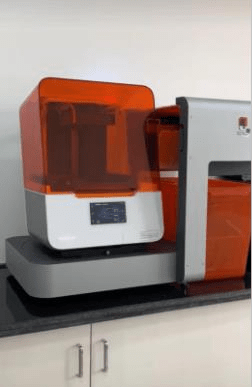
Advantages Of Resin Crowns:
- Limited crown preparation is enough
- Less expensive than other materials
- Short time needed for the crown preparation
- Used for pediatric crowns
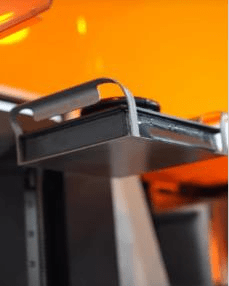
Disadvantages Of Resin Crowns:
- Less durable
- Lower strength when compared to other crowns
- Exact tooth shade cannot be matched with resin crowns
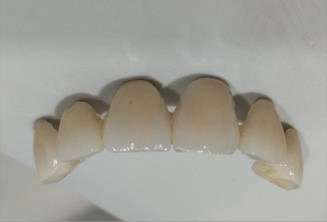
Steps In Resin Crown Fabrication:
- Digital scanning can be done.
- Designing can be done using any designing software.
- Resin crowns can be printed using the 3D printers
- After printing, the crowns should be washed in isoprophyl alcohol
- The washed crown should be cured for 20 mins in the curing machine.
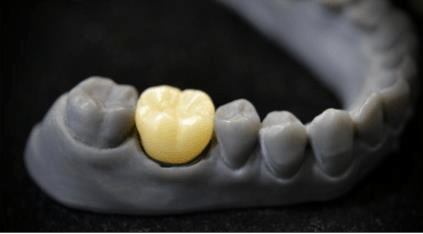
Best Tooth Colored Material Among All:
-
Posterior Teeth (High Biting Stress): Zirconia crowns are recommended.
-
Anterior Teeth (Aesthetic Concern): Lithium Disilicate (E-Max) crowns are preferred.
-
Temporary or Pediatric Crowns: Resin crowns are recommended.
Conclusion:
Currently, Zirconia and E-Max crowns are considered the Best Tooth Colored Crowns among all options, offering an ideal combination of aesthetics, durability, and function for both anterior and posterior teeth.
